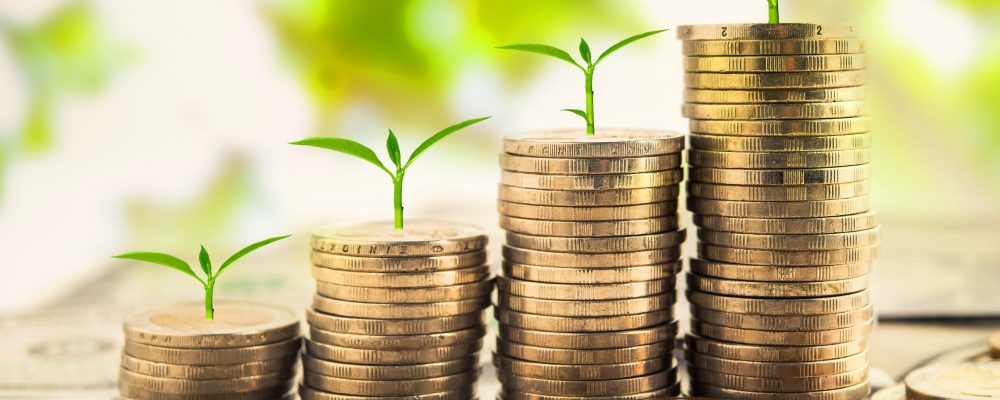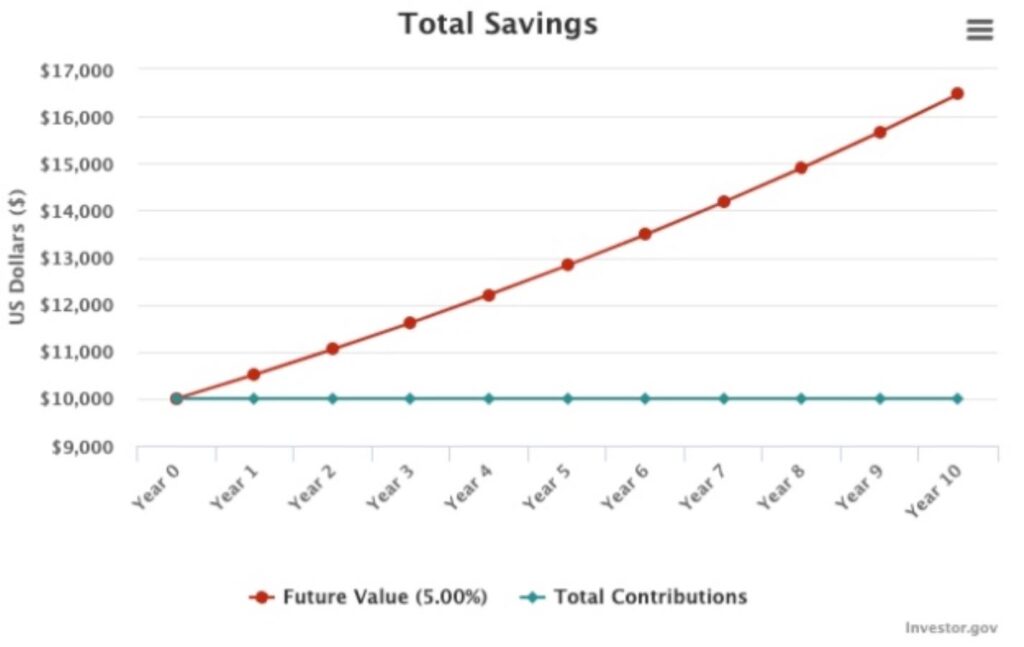
Key takeaways
- Compounding interest accelerates savings growth.
- Compound interest is interest calculated on the money you start with (principal) and all interest you accumulated previously.
- The power of compound interest is commonly referred to as "interest on interest.”
- Interest compounding frequencies vary: daily, monthly, semimonthly, annually, or even continuously.
- Compounding doesn't start until interest is credited to your account.
What is compound interest?
Compound interest is when your initial savings and any interest it accumulates grows more interest.
This means that each time you earn interest, it automatically gets added to your account and becomes part of the initial principal (the money you initially invested).
Think of your savings as a snowball rolling down a hill. The farther it travels, the more snow it accumulates, and the bigger it grows — that’s how compound interest works.
How does compound interest work?
If we boil down the concept to its absolute core, compound interest is “interest on interest.” This is how the power of compound interest is often described. Calculating compound interest involves some math.
First, let’s start with an example of how compound interest works in your favor. Powerfully, too.
Say you open a high-yield account with $10,000 at an annual interest rate of 5%, compounded monthly, and hold it for ten years. At the end of the ten years, you’ll have $16,470.09.

Source: Investor.gov
That one-time deposit grew to almost $7,000 and you didn’t have to add a thing to it. Your money just sat there in an interest-bearing account and made money for you.
There’s a shortcut called the “Rule of 72.” It’s a simple way to estimate how long it’ll take to double your investment, based on its rate of return. You just divide 72 by your interest rate to see how long it will take double your savings.
For example, if you have $1,000 with a 5% interest rate, it would take 14.4 years to turn into $2,000.
(72 / 5 = 14.4 years)
Want an even simpler way to calculate? Investor.gov has a free compound interest calculator you can use.
How often is compound interest credited to an account?
Compounding periods are how often interest is added to an account. Interest can be compounded annually, semiannually, quarterly, monthly, daily, continuously, or on various other bases.
It can get even more complex, too. For example, interest may grow daily but only added monthly to the account. This is important because your interest can't earn more until it is credited to your account.
Different types of accounts and investments handle crediting differently. Typically, though:
- Certificate of deposit (CD): Standard CD compounding frequency schedules are monthly or daily.
- Series I bonds: Interest is compounded every six months or semiannually.
- Savings and money market accounts: Usually the compounding period for bank accounts is daily.
Using a High-yield account could be great to start earning compound interest.
High-yield Accounts (HYA) typically offer more competitive interest rates than traditional savings accounts, CDs, and money markets. A HYA is great because the compounding period of these accounts is shorter, so you'll be able to grow your money faster. We strongly recommend it for many of our members. Here’s why:
Say you have a $5,000 savings account that offers a 0.39% annual percentage yield (APY). That would earn you $19.50 in interest in one year.
Now, consider a HYA that offers a 4.4% yield annually. That would earn you $220 in interest in one year.
Best of all, you can access that money just like you would any regular savings account. Be sure to read the terms of the account. Though different HYAs have different terms for things like minimum balances, direct deposit, and maintenance fees. (We can help if you have questions.)
Final word
We’re always looking for ways you can supercharge your savings, and compound interest stands out as one of the best. It increases your savings as it sits in your account. You don’t have to do anything. It grows over time, at an ever-increasing rate thanks to compound interest (the Rule of 72 is just a way to estimate what it’ll be). If you’re considering HYAs and other ways you can get compound interest working for you, drop your Facet planning team a line. They can help.
Investing involves serious risks and past performance is no guarantee of future performance or success. The information provided herein is for illustrative and educational purposes only and should not be considered a solicitation or an offer to buy or sell securities. Nothing contained herein should be interpreted as a recommendation or research regarding any investment or investment strategy, legal or tax advice.